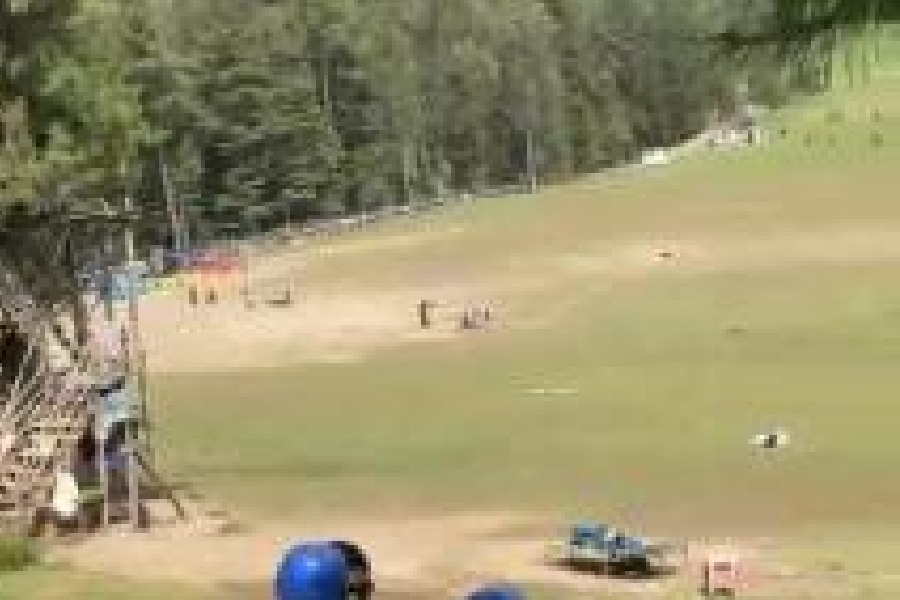 |
White Stork, a migratory bird, makes a yearly visit to the saal-covered Saranda Forests every year without fail. The visits are made in the rainy season. This year, however, there was an exception to the rule.
In 2005, the species were only spotted in the Porahat forest division ? a tribal dominated area ? unlike past years when they were spotted over a larger area.
Experts believe that this could be because the population of these interesting visitors is gradually dwindling. A bird with extraordinary brilliant plumage, it is also popular as a locust destroyer in the saal reserve.
This year the birds were not seen in other territorial forest divisions of the district (southern circle) ? Saranda, Kolhan and Chaibasa South. This rainy season the white storks have congregated at the two villages ? Gajupur and Jamid ?under the Sonua block of West Singhbhhum, a forest rich district.
Divisional forest officer of Porahat forest division, D. Venkateswarlu said the migratory birds were seen nesting and breeding with their babies in the twin villages in western pocket of the Porahat forest reserve during the rainy seasons.
?Numerous nests with babies were found in the villages. . Young storks with the mother and father were seen feeding in the paddy fields. Their stable diet remained locusts and other insects such as the caterpillar, grasshopper and other tiny insects found in forest areas,? Venkateswarlu added.
A large number fly into the vast stretches of the saal reserves in the verge of summer and fly off from the breeding ground at the end of the monsoons.
They generally come from the northern and north-western frontiers of the country. And move towards central India with the onset of winter.
Twin villagers of the Sonua block have been worshipping these visitors for ages. Here animism and nature worship is a regular practice. A village sarna, or a sacred groove, where residents worship Mother Nature and her offspring ? these migratory birds is also present.
The religious belief goes on to make the birds sacred to the people there. Therefore any form of killing is prohibited. And that spares the hapless creatures, while, in other parts of the forest residents often kill them for meat.
There are also associated myths that protect the birds in the Porahat regions. Many believe that these birds are responsible for the rain.
Looking into their urge to fly or migrate to a more hospitable climate, Venkateswarlu explains that the urge is evoked by both internal and external stimuli.
The internal stimuli is directly related to reproduction system and various stages of maturity.
The latter aspect is related with the seasonal climatic factors ?variation of day and night, temperature and availability of food supply.
Saranda forest division, where the tallest species of saal exist, happens to be a favourite pocket because it provides the right climate and food.
But with the passage of time, the increase in mining in southern and western regions of the forest has gradually led to halt to the visits.
The unscheduled burst of explosives discourages the sensitive birds. Eventually experts believe that these creatures will stop seeking shelter in the southern circle of the Saranda forest division.
The senior forest personnel of Saranda division said the working plan formulated by forest personnel, hardly give any importance to the preservation of migratory or other species of birds.
?There has been no special management for promoting population of birds in different forest divisions. The bird species are not getting attention like other wildlife. And lack of proper management is the saga of dwindling migratory population in various parts of forest,? feels the senior forest officer.
Anupam Rana










